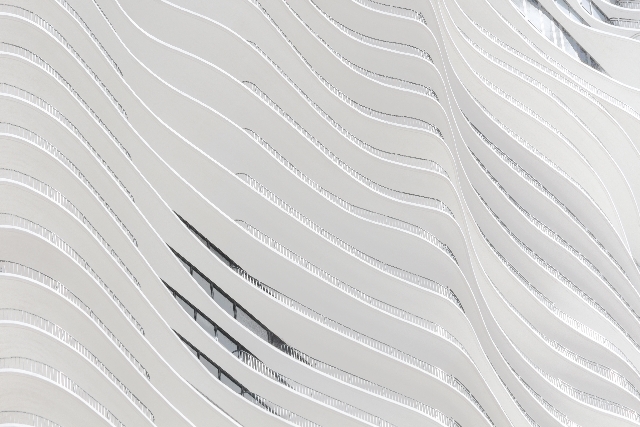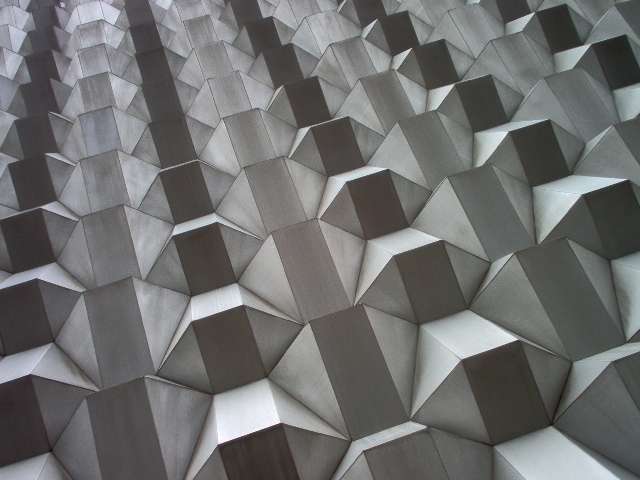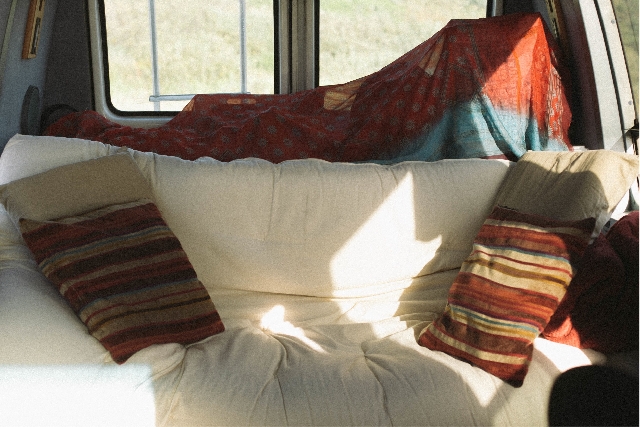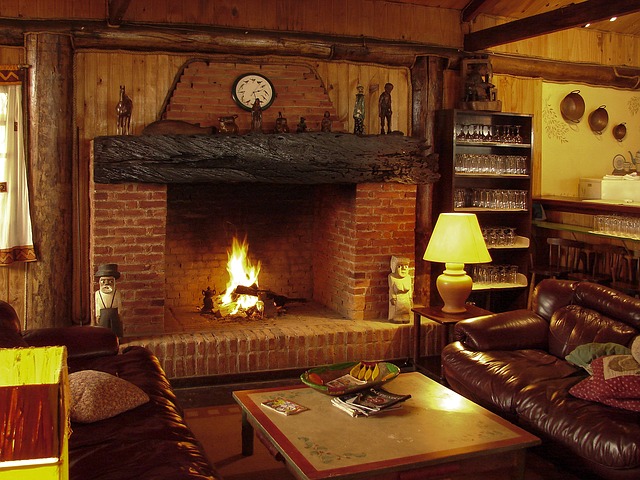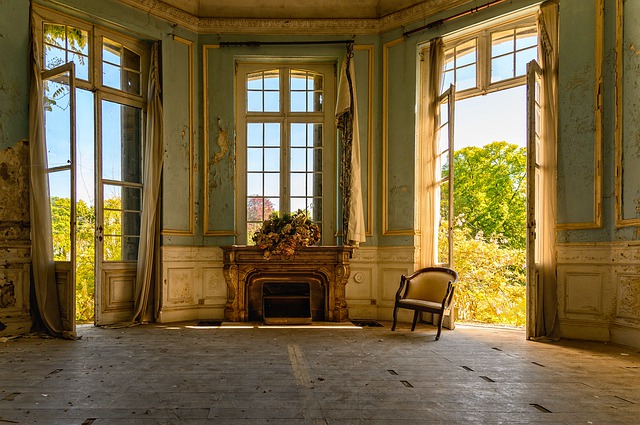Dyreverdenen er et fascinerende og mangfoldigt område, der byder på en overflod af forskellige arter og økosystemer. Denne artikel vil dykke ned i nogle af de mest interessante aspekter af dyreverdenen, fra deres adfærd og tilpasninger til deres rolle i økosystemet. Læs videre for at få en dybere forståelse af, hvordan dyrene bidrager til jordens biodiversitet og balance.
Dyreadfærd
Dyreadfærd er et studieområde, der undersøger, hvordan og hvorfor dyr opfører sig på bestemte måder. Adfærd kan være medfødt eller tillært og spænder fra simple reflekser til komplekse sociale interaktioner. Mange dyr har udviklet specifikke adfærdsmønstre for at overleve og reproducere sig i deres miljøer.
Kommunikation
Kommunikation er en central del af dyreadfærd. Dyr bruger en række metoder til at kommunikere, herunder lyde, kemiske signaler, visuelle signaler og berøring. For eksempel bruger fugle sang til at tiltrække mager og markere territorier, mens bier udfører komplekse danse for at informere deres koloni om fødekilder. Effektiv kommunikation er afgørende for social interaktion og overlevelse i mange dyrearter.
Tilpasninger
Dyr har gennem evolutionen udviklet en række tilpasninger, der hjælper dem med at overleve i forskellige miljøer. Disse tilpasninger kan være fysiske, som kamuflage og forsvarsmekanismer, eller adfærdsmæssige, som migrationsmønstre og formeringsteknikker.
Fysiske Tilpasninger
Fysiske tilpasninger omfatter strukturelle ændringer i dyrenes kroppe. For eksempel har kameleoner evnen til at skifte farve for at blande sig med deres omgivelser og undgå rovdyr. Pindsvin har udviklet skarpe pigge som et forsvarsmekanisme mod rovdyr. Disse fysiske egenskaber er afgørende for dyrenes evne til at tilpasse sig og overleve i deres miljøer.
Økosystemets Rolle
Dyr spiller en væsentlig rolle i deres økosystemer ved at påvirke både de biotiske og abiotiske komponenter. De bidrager til næringsstofcyklusser, bestøvning af planter, frøspredning og kontrol af populationsstørrelser. Hver dyreart har en unik funktion, der bidrager til økosystemets overordnede sundhed og stabilitet.
Næringsstofcyklusser
Dyr er en integreret del af næringsstofcyklusserne i økosystemerne. For eksempel nedbryder ådselædere døde organismer og frigiver næringsstoffer tilbage til jorden, hvilket fremmer plantevækst. Rovdyr hjælper med at kontrollere populationen af planteædere, hvilket sikrer, at vegetationen ikke overudnyttes.
For mere information om dyreverdenen og deres fascinerende adfærd og tilpasninger, kan du besøge Dyreverdenen.dk.
Ofte Stillede Spørgsmål
Hvad er dyrekommunikation?
Dyrekommunikation er metoder, som dyr bruger til at udveksle information, herunder lyde, kemiske signaler, visuelle signaler og berøring.
Hvordan hjælper fysiske tilpasninger dyr med at overleve?
Fysiske tilpasninger som kamuflage, skarpe pigge eller specialiserede lemmer hjælper dyr med at undgå rovdyr, finde føde og tilpasse sig deres miljø.
Hvad er dyrenes rolle i økosystemet?
Dyr spiller en vigtig rolle i økosystemet ved at bidrage til næringsstofcyklusser, bestøvning, frøspredning og kontrol af populationer, hvilket opretholder økosystemets balance.







